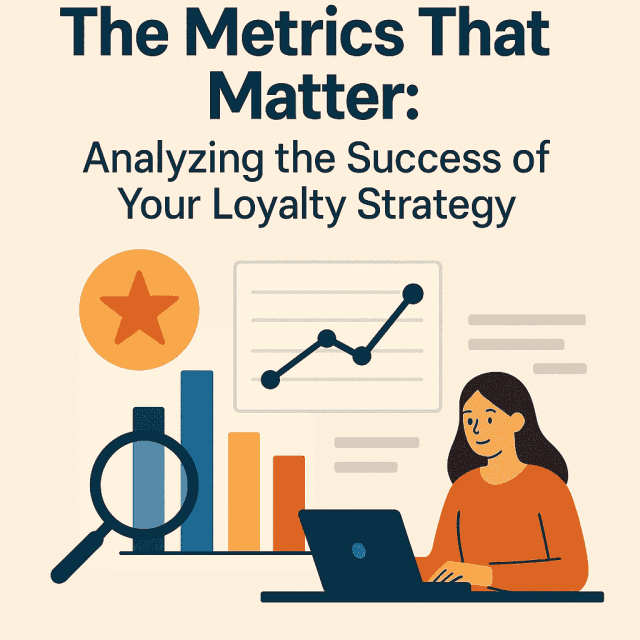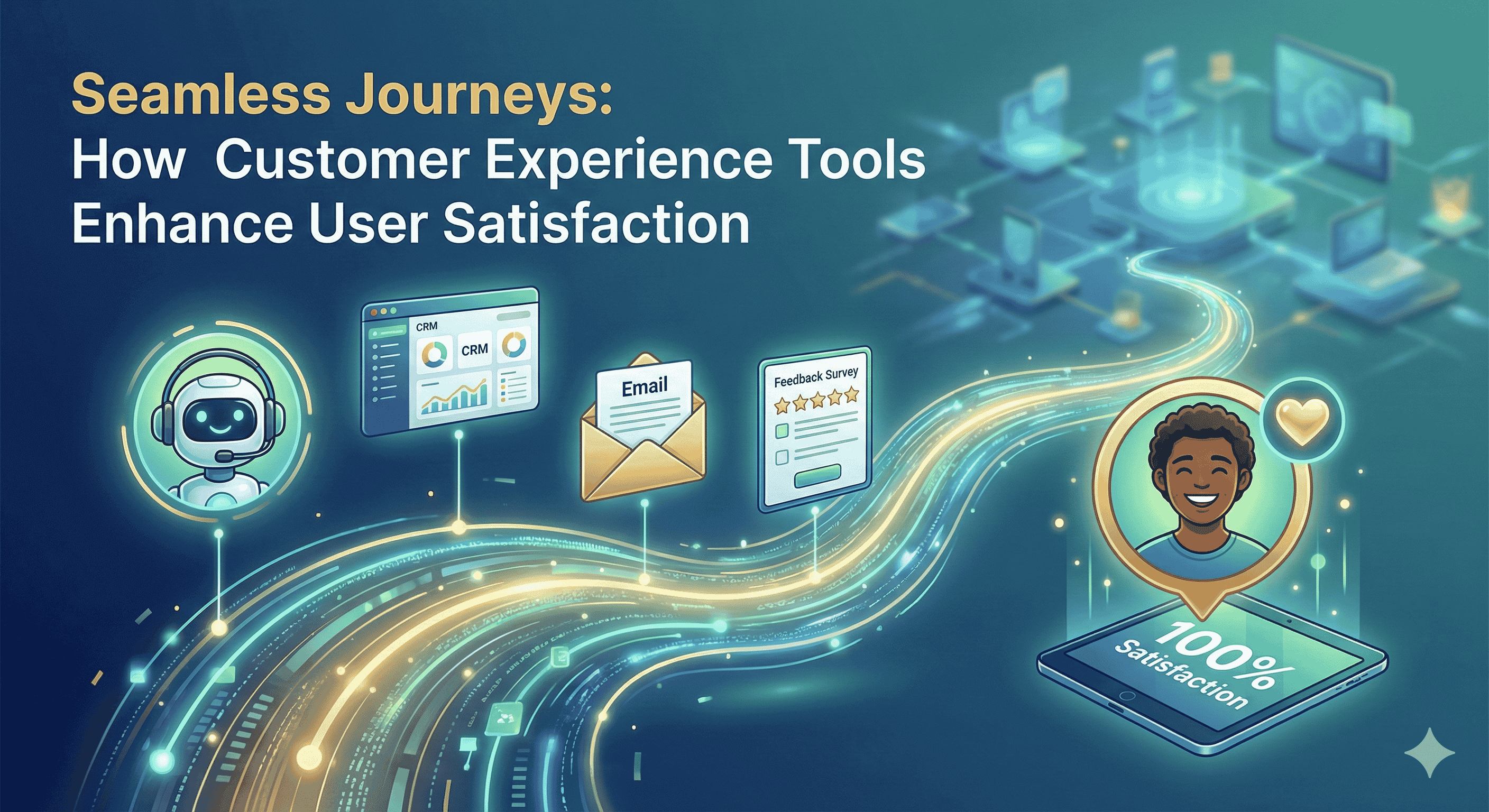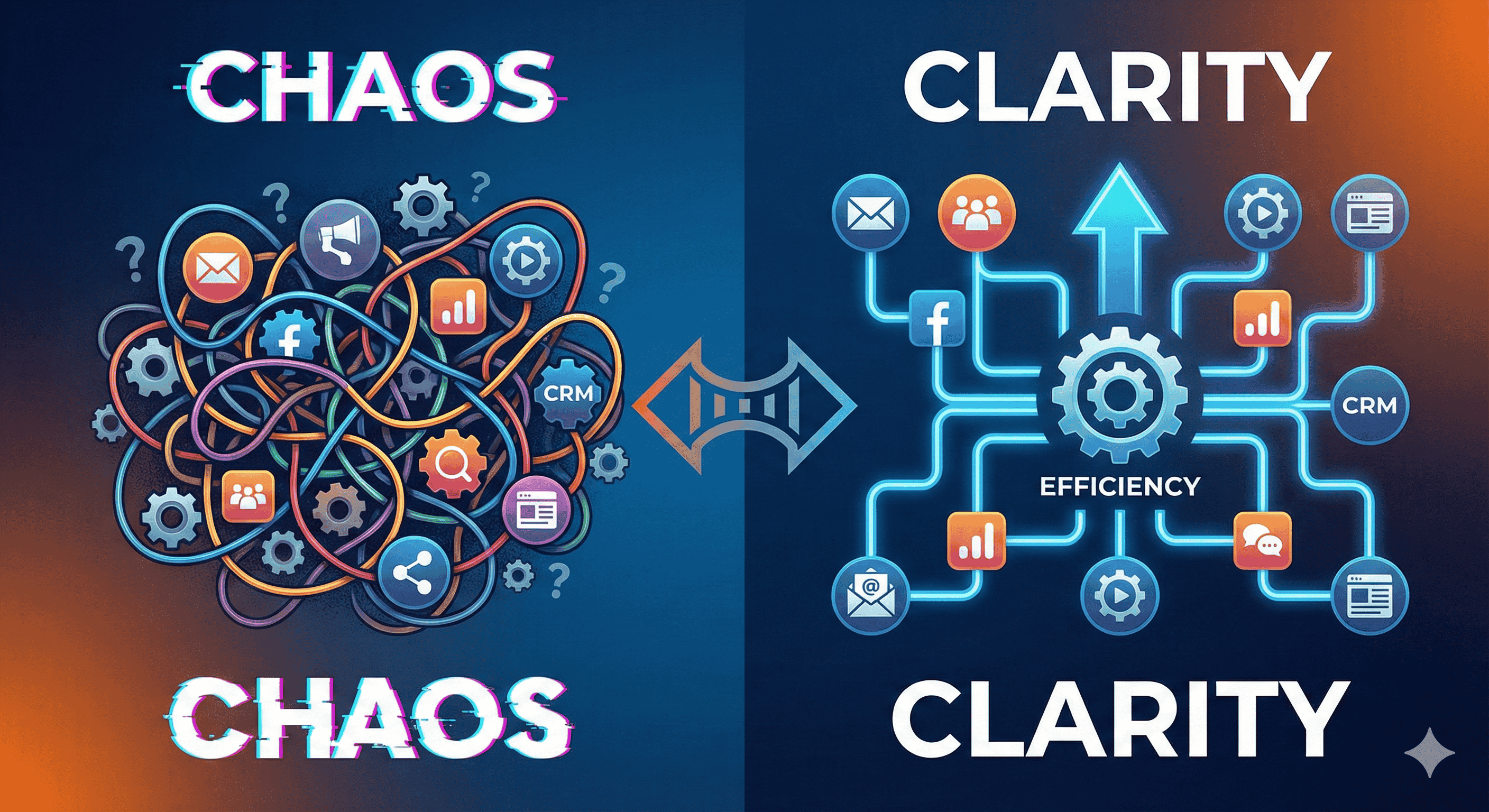In a competitive marketplace, fostering customer loyalty has become paramount for businesses seeking sustainable growth. A well-structured loyalty strategy not only enhances repeat business but also cultivates brand advocates. However, measuring the effectiveness of such strategies can be complex, demanding a keen eye for the right metrics. In this article, we explore the critical metrics that matter in evaluating the success of your loyalty program.
1. Customer Retention Rate (CRR)
Definition: The customer retention rate measures the percentage of customers who continue to do business with you over a specific period.
Importance: A high retention rate indicates that customers find value in your offerings, which is a direct reflection of the effectiveness of your loyalty strategy. This metric directly impacts profitability, as acquiring new customers is significantly more costly than retaining existing ones.
How to Calculate:
[CRR = \left( \frac{E – N}{S} \right) \times 100]
Where:
- E = the number of customers at the end of the period
- N = the number of new customers acquired during the period
- S = the number of customers at the start of the period
2. Customer Lifetime Value (CLV)
Definition: Customer Lifetime Value estimates the total revenue a business can expect from a single customer account throughout their relationship with the brand.
Importance: Understanding CLV helps prioritize investments in customer acquisition and retention strategies. A well-thought-out loyalty program can enhance CLV by encouraging more frequent purchases and higher spending.
How to Calculate:
[CLV = AOV \times F \times M]
Where:
- AOV = Average Order Value
- F = Frequency of purchase (per period)
- M = Expected lifespan of the customer (in periods)
3. Net Promoter Score (NPS)
Definition: NPS is a measure of customer loyalty and satisfaction based on how likely customers are to recommend your brand to others.
Importance: A high NPS correlates with strong customer loyalty and can serve as an indicator of future growth. It provides insight into customer sentiment, helping to tailor marketing and customer service strategies more effectively.
How to Calculate:
Identify the percentage of Promoters (score 9-10) and Detractors (score 0-6) from customer responses, then subtract the percentage of Detractors from the percentage of Promoters:
[NPS = \% \text{Promoters} – \% \text{Detractors}]
4. Redemption Rate
Definition: The redemption rate measures the percentage of loyalty rewards that customers actually redeem against the total rewards issued.
Importance: A low redemption rate may indicate that customers find the rewards unappealing or difficult to obtain. Monitoring this metric can help in refining rewards to better meet customer preferences, ensuring higher engagement.
How to Calculate:
[Redemption \ Rate = \left( \frac{Rewards \ Redeemed}{Total \ Rewards \ Issued} \right) \times100]
5. Engagement Metrics
Definition: Engagement metrics encompass various data points, such as email open rates, social media shares, and participation in loyalty events.
Importance: Engaged customers are more likely to be loyal. Monitoring these metrics can provide insights into how well your loyalty program is resonating with your audience, allowing for timely adjustments.
6. Average Order Frequency (AOF)
Definition: This metric gauges how often a customer makes a purchase within a specified timeframe.
Importance: An increase in AOF can indicate that your loyalty program successfully encourages more frequent purchases. This is critical for short-term sales boosts and building long-term customer relationships.
How to Calculate:
[AOF = \frac{Total \ Number \ of \ Purchases}{Total \ Unique \ Customers}]
Conclusion
Monitoring the right metrics is essential for assessing the success of your loyalty strategy. By focusing on customer retention rate, CLV, NPS, redemption rate, engagement metrics, and average order frequency, businesses can gain valuable insights into customer behavior, preferences, and satisfaction.
Ultimately, the goal is to create a feedback loop where insights lead to actionable improvements in the loyalty program, driving deeper customer connections and long-term success. Beyond mere analytics, these metrics form the foundation for a culture of loyalty that can withstand market fluctuations and evolving consumer expectations.









